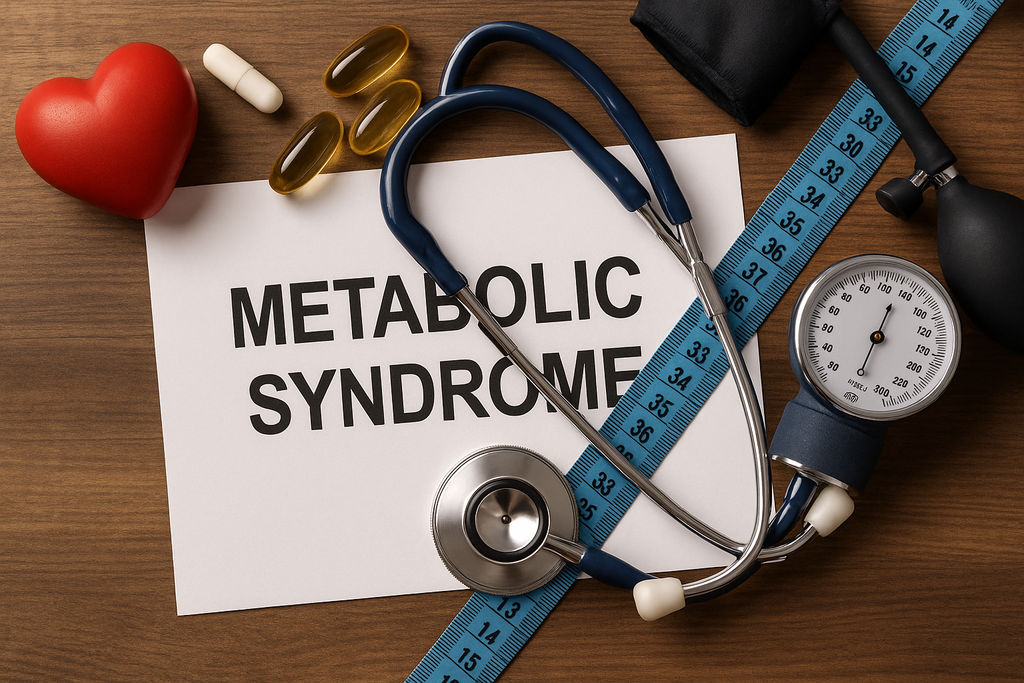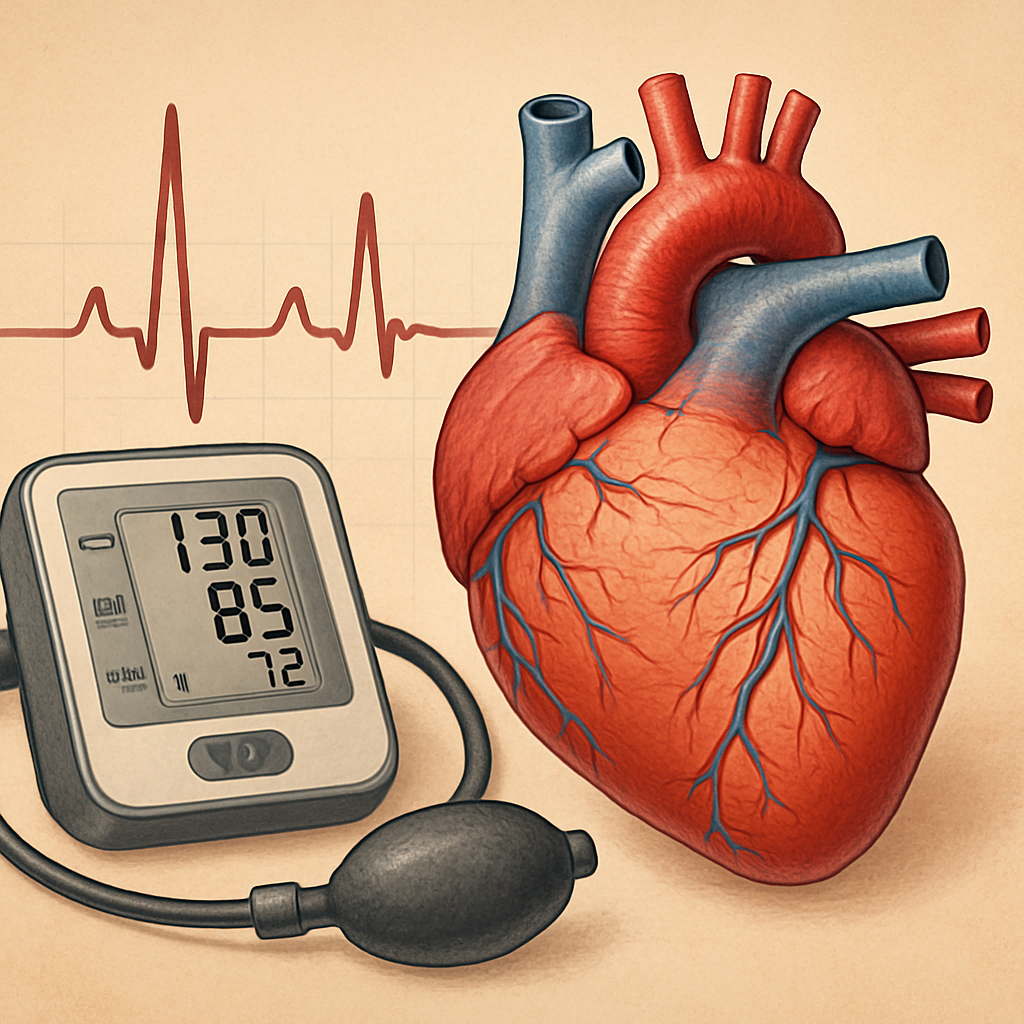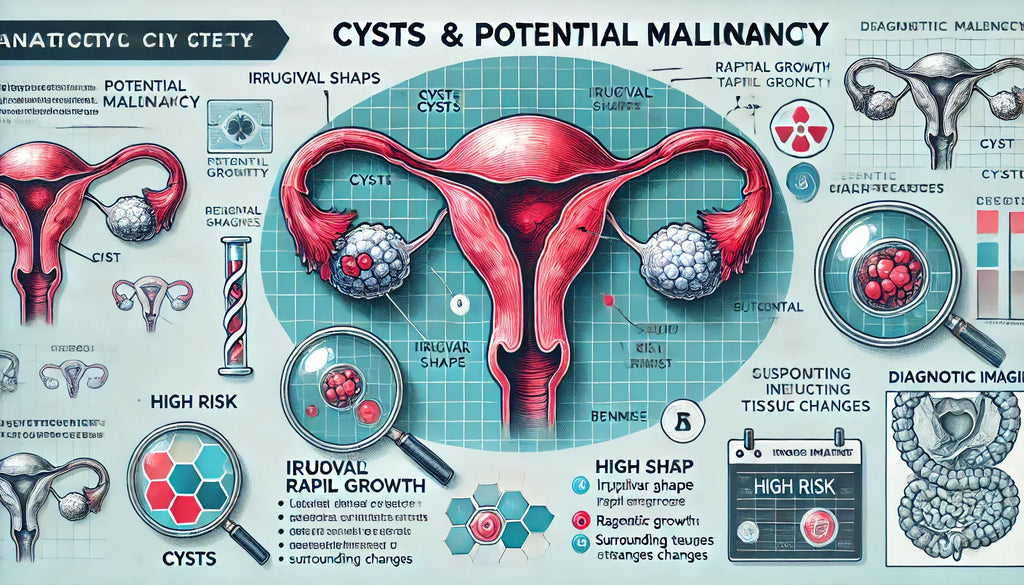News — risk factors
Metabolic Syndrome Criteria: The 5 Risk Factors You Need to Know
abdominal obesity blood sugar cardiovascular health diabetes prevention elevated glucose HDL cholesterol heart disease high blood pressure high triglycerides insulin resistance low HDL metabolic health metabolic syndrome metabolic syndrome diagnosis prediabetes risk factors supplements for metabolic syndrome triglyceride levels weight loss
Modern lifestyles have given rise to a cluster of health conditions that are increasingly threatening global health. One of the most insidious among them is metabolic syndrome — a silent but dangerous constellation of risk factors that significantly ups your odds for heart disease, type 2 diabetes, and stroke. It isn’t a disease in itself, but rather a group of conditions that, when occurring together, set the stage for long-term chronic illness.
Understanding the criteria that define metabolic syndrome is the first step in addressing it effectively. If you’ve ever wondered what the specific risk factors are and how they impact your well-being, this guide will break it all down for you. We're going to examine the five hallmark risk factors that clinicians use to diagnose metabolic syndrome and why each of them matters more than you might think.
How Blood Pressure Affects Your Heart: Causes, Symptoms, and Prevention
blood circulation blood pressure blood pressure causes blood pressure management blood pressure monitoring blood pressure treatment cardiovascular disease cholesterol DASH diet healthy lifestyle heart attack heart failure prevention heart function heart health high blood pressure symptoms hypertension hypotension low blood pressure Mediterranean diet risk factors stroke prevention
Blood pressure plays a crucial role in the functioning of your heart and overall cardiovascular system. Often dubbed the "silent killer," high blood pressure (hypertension) can quietly damage your heart over time, increasing the risk of life-threatening conditions. On the flip side, low blood pressure (hypotension) may also pose health challenges, leading to dizziness, fainting, and inadequate blood flow to vital organs.
Understanding how blood pressure influences heart health is essential for anyone looking to maintain a healthy cardiovascular system. This comprehensive guide dives deep into the intricate relationship between blood pressure and your heart, exploring causes, symptoms, risk factors, and preventative measures to help you take control of your heart health.
Paget’s Disease of Bone: Symptoms, Causes & Treatment
bisphosphonates bone deformity bone health bone nutrition bone pain bone strength calcium causes Paget's disease diagnosis fractures genetic risk hearing loss Long Life Nutri Paget's bone disease Paget's disease physical therapy risk factors supplements symptoms of Paget's disease treatment for Paget's vitamin D
Paget's disease of bone is a condition that quietly changes the structure and strength of your bones, sometimes for years before symptoms appear. While it is less common than osteoporosis or arthritis, Paget's disease can have a major impact on your mobility, comfort, and quality of life if not properly recognized and managed. Understanding this condition—from the subtle signs to the science behind it—empowers you to seek help early and explore effective treatment options.
If you or someone you love is dealing with unexplained bone pain or abnormal bone growth, learning about Paget's disease is an important step toward better health. In this article, we’ll explore its symptoms, what causes the disease, and how modern medicine can help you manage it and maintain strong, healthy bones.
Can Cysts Be Cancerous and What Are the Signs?
benign cysts biopsy cancer risk cancerous cysts cyst signs cyst symptoms cysts diagnosis early detection health guide malignant cysts medical insights risk factors self-care treatment tumor ultrasound
Cysts are common fluid-filled sacs that can develop in various parts of the body. While many cysts are benign, some can be cancerous or indicate a higher risk of malignancy. In this guide, we provide comprehensive, research-backed insights and practical tips to help you understand the potential risks, recognize warning signs, and take proactive steps towards early detection and effective management.




